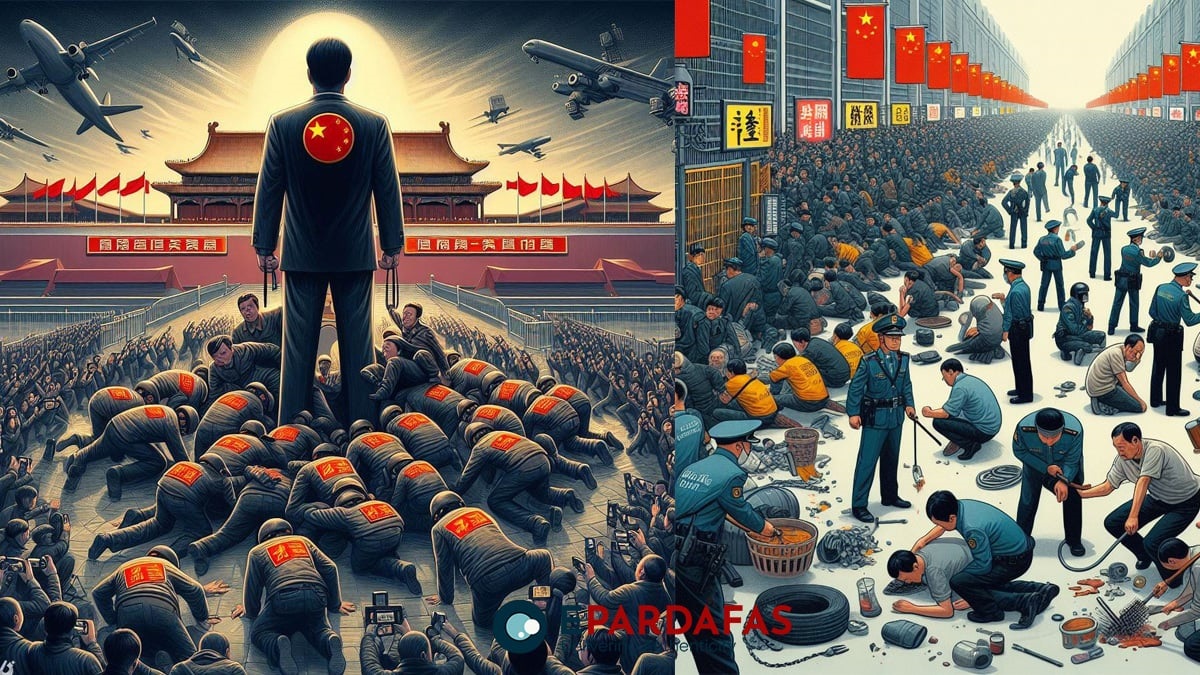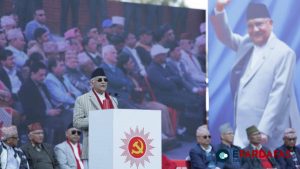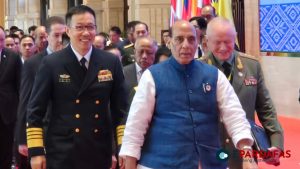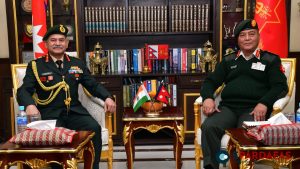
What Is the Reality in BRI-Implemented Countries?
Last year, China stated that 150 countries and 30 international organizations participated in the Belt and Road Initiative (BRI) plan. Thirty-eight countries from sub-Saharan Africa, thirty-four from Europe and Central Asia, twenty-five from East Asia and the Pacific region, seventeen from the Middle East and North Africa, eighteen from Latin America and the Caribbean, and six from Southeast Asia have joined this project.
Although Nepal, Sri Lanka, Pakistan, Myanmar, Bangladesh, and Afghanistan have joined, the investment project under BRI in Nepal remains opaque. According to statistics, China is currently executing more than 2,600 large infrastructure projects in over 100 countries. China claims that more than $770 billion has been invested in these billion-dollar projects.
While it has been claimed that the BRI project will liberate about 7.6 million people from extreme poverty and lift 32 million people from moderate poverty by the year 2030, the reality contradicts the announcement made by Chinese President Xi Jinping. Countries that have embraced the BRI project have instead experienced increased poverty and destitution.
When discussing Pakistan, the China Pakistan Economic Corridor (CPEC) under Beijing’s leadership is currently facing a crisis due to transparency issues, debt problems, and corruption within the project. CPEC, a significant component of China’s ambitious Belt and Road Initiative (BRI), remains incomplete due to disorganization, debt crises, and corruption. In response, China has ceased issuing further loans. The government led by Shehbaz Sharif at the time decided to abolish the China-Pakistan Economic Corridor (CPEC) Authority upon revelations that Chinese power producers had halted 1,980 MW of production capacity due to non-payment of their Rs 300 billion dues.
Moreover, Pakistan’s highly anticipated Main Line (ML-1) railway project, which aims to connect the port city Karachi with Peshawar, has also encountered delays. International media reports suggest that these delays stem from unresolved differences between Islamabad and Beijing.
In Malaysia, BRI projects worth $11.8 billion were canceled between 2013 and 2021.
According to the UK’s Daily Mail, the Philippines has opted to suspend the $5 billion rail project, a flagship BRI initiative, after China failed to fulfill its commitments.
Similarly, Kazakhstan and Bolivia have also canceled BRI projects. Zambia, a landlocked country in southern Africa, is facing a severe crisis with an external debt burden from China exceeding $17 billion.
Zambia has emerged as a test case for Beijing’s debt trap strategy in Africa. The country has requested China’s assistance in restructuring loans from private lenders for major BRI infrastructure projects like highway bridges. Failure by China to address Zambia’s plea could lead the nation down a similar path to Sri Lanka.
Overall, it appears that China initially invests substantial funds for development under the BRI project. When evaluating China’s actions within the BRI initiative thus far, a pattern emerges where China provides loans to countries that struggle to repay them. China then takes control of the project for an extended period, influencing the country’s politics, business, and expanding its international network.
Experts estimate that only a few out of the total 149 countries and 32 international organizations that have signed MoUs with China for the BRI project can effectively manage the challenge of sustaining loans provided by China within the BRI framework. Most other countries are bound to come under China’s influence in various ways. Examining the Hambantota port built in Sri Lanka offers insight. Although this port was constructed on 1500 acres of land along the world’s busiest shipping route, it struggled to attract international trust due to its Chinese origins. In 2012, it only managed to draw 12 vessels, while a port located 260 km away, Colombo port, attracted more than 3000 vessels.
Following the 26-year-long ethnic civil war in Sri Lanka, the BRI project was introduced as a development initiative. The current situation in Nepal mirrors this pattern, with ethnic and religious conflicts being exacerbated. Seeds of discord were sown among the Kiratis, and amidst this turmoil, the BRI project was pursued. From Nepal’s perspective, considering a government and leadership ensnared by corruption, the country’s condition post-BRI could resemble Sri Lanka’s plight.
Given Sri Lanka’s inability to repay its loans during the project’s construction, it appears that China may lease the Hambantota port under China’s Belt and Road Initiative for up to 198 years, until 2099. A significant portion of China’s investment, approximately 80 percent, is focused on the port and the industrial area on Hambantota Island. Therefore, it is conceivable that China may continue to lease the project from Sri Lanka beyond the initial 99-year term.
Italy has also officially informed Beijing of its decision to withdraw from President Xi Jinping’s flagship Belt and Road Initiative. Prime Minister Giorgia Meloni, who in the past had referred to Rome’s participation in the BRI as a “mistake,” publicly confirmed that her right-wing government was considering a pullout.
There is growing suspicion that this project is not merely an extension of China’s one-China policy. It appears that China’s strategy is to ensnare the world in a debt web, running projects on long-term leases.
The purpose behind this analysis is not to take a stance for or against the BRI but to promote national interests, nationalism, and defend independence and sovereignty. The examples of Sri Lanka and Pakistan, where self-determination is compromised within the BRI projects, serve as a cautionary tale, emphasizing the importance of safeguarding Nepal’s interests in the future.
- Indian Army Chief General Upendra Dwivedi Meets PM Oli, Highlights Deepening Bilateral Defense Ties
- Bimalendra Nidhi: BRI Agreement Requires National-Level Discussion Before Signing
- PM Oli Urges Investment Amid Economic Reforms, Promises Stability and Prosperity
- Nepali Congress Rejects Loans Under China’s BRI, Pushes for Grant Assistance Ahead of PM Oli’s Visit to Beijing













Comments